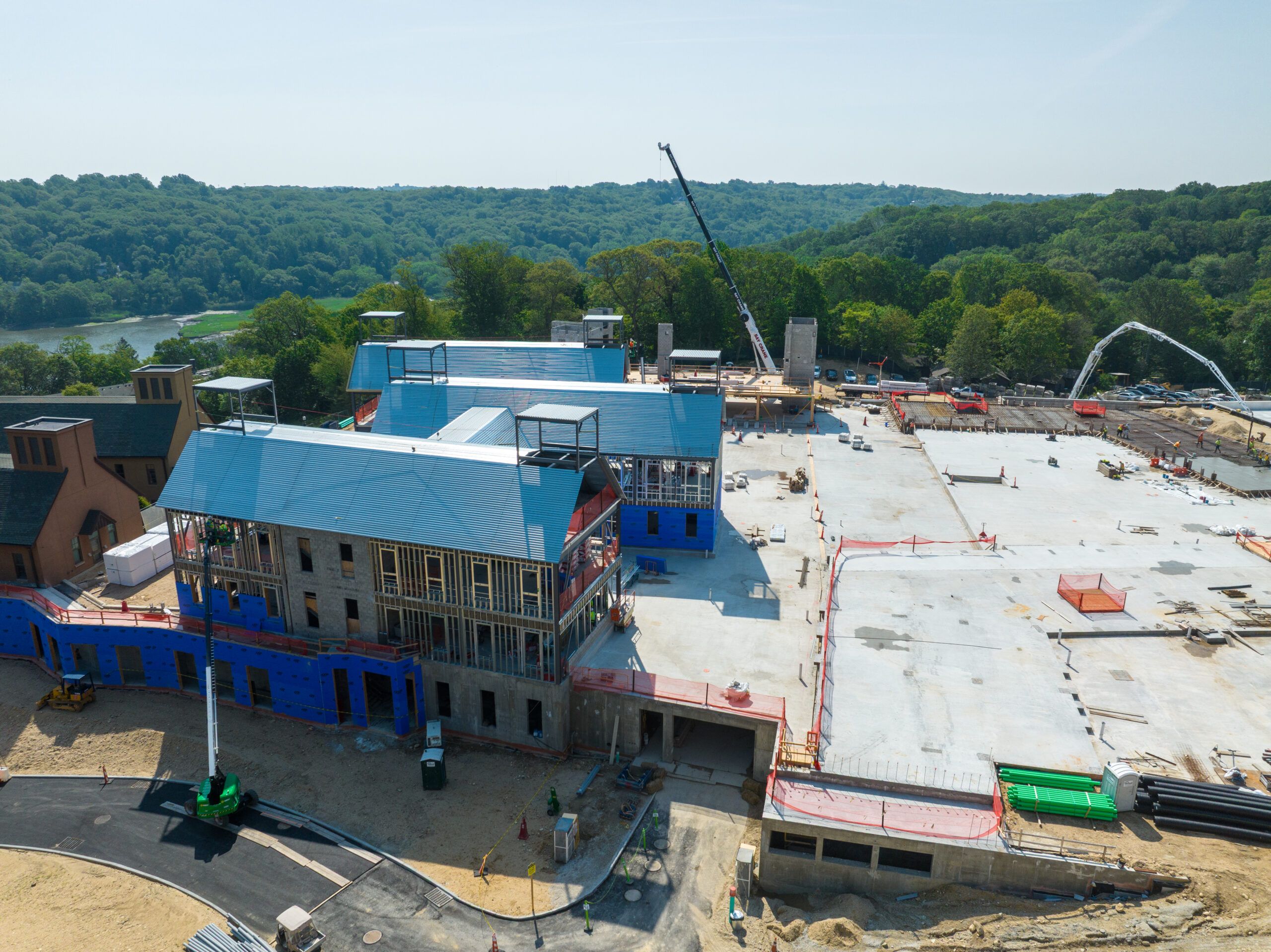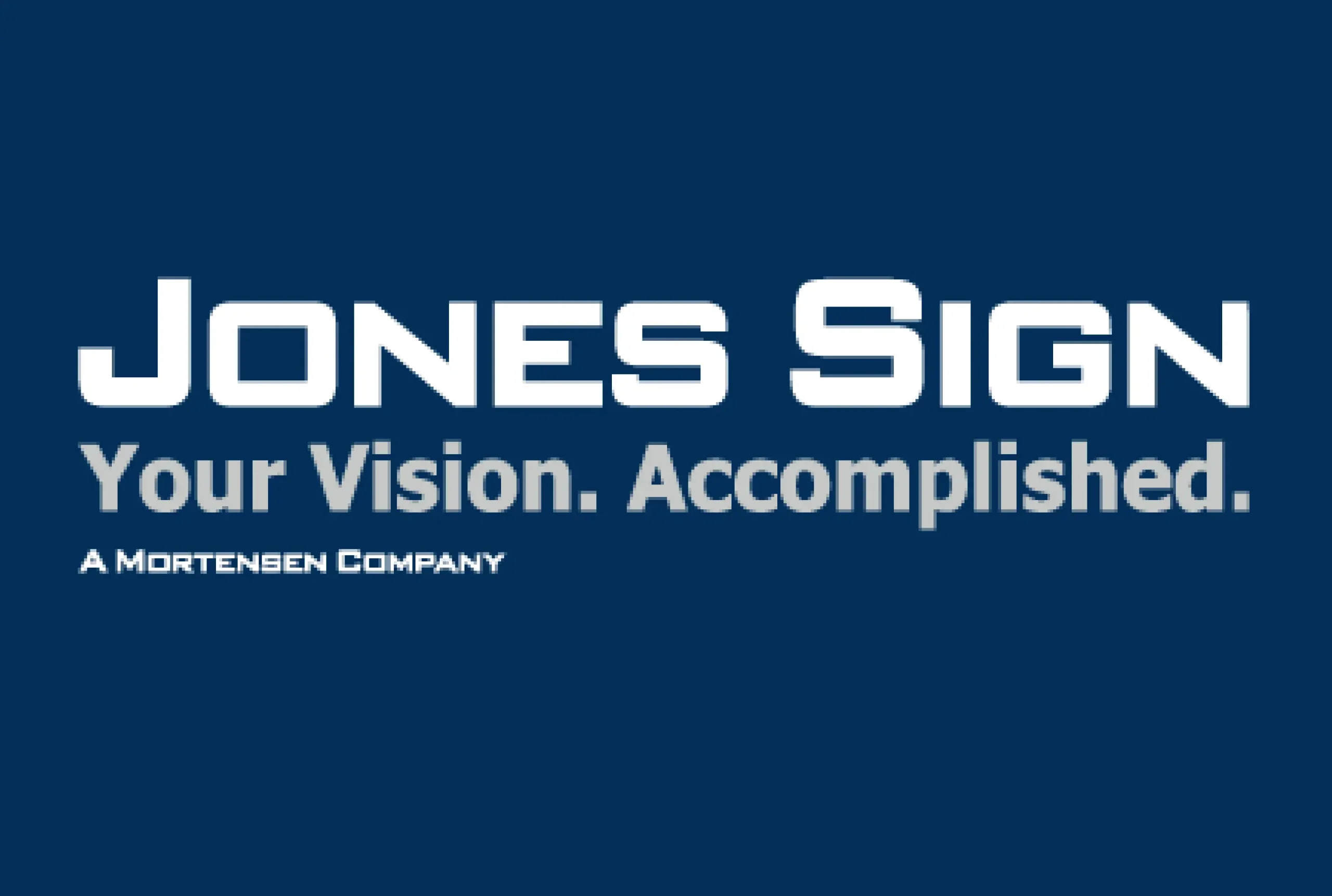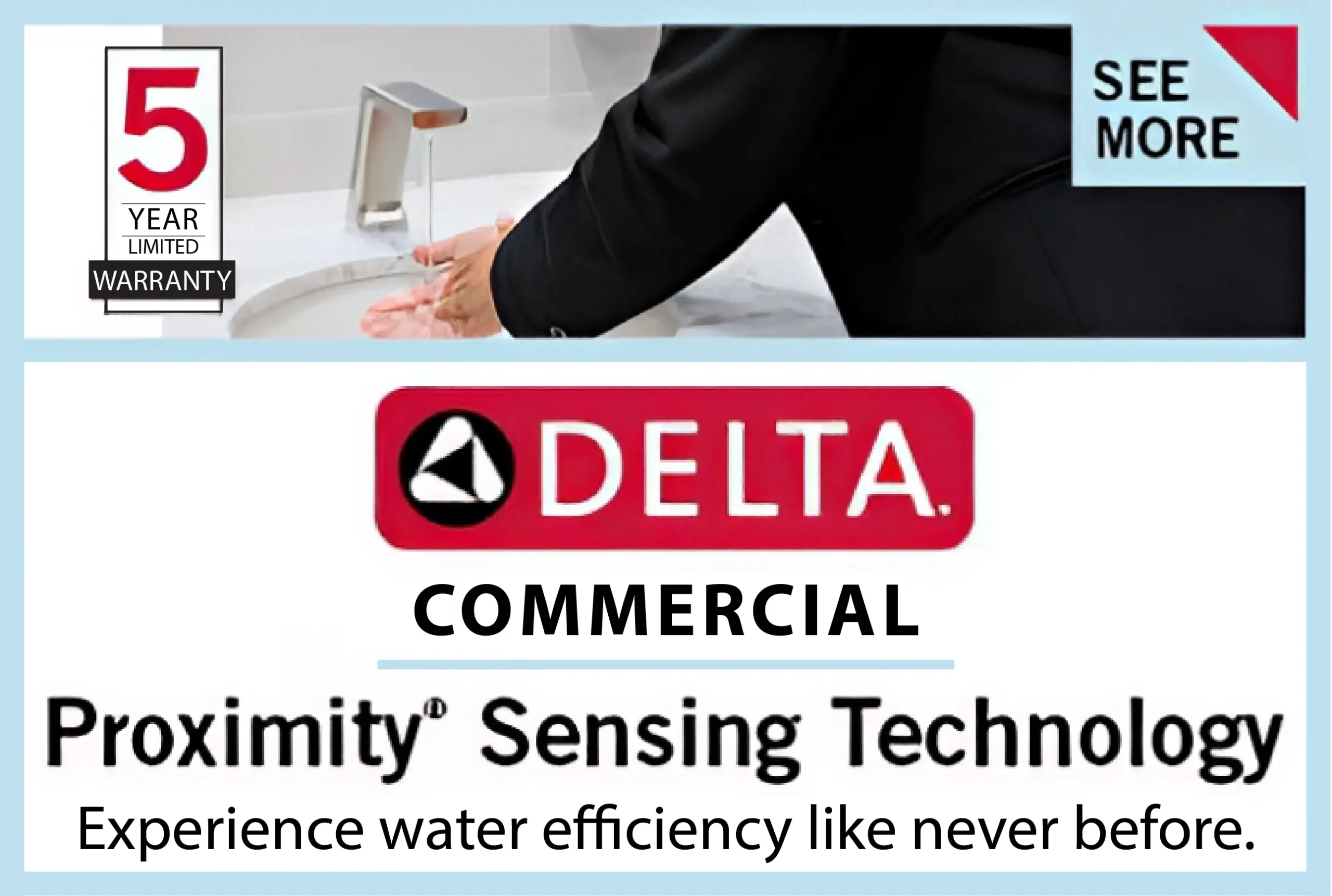Access control is a critical aspect of building security. In large commercial buildings, access control systems help to guarantee the safety of employees, visitors, and assets. In addition, the integration of access control with other security systems can provide a comprehensive security solution and improve the overall security of the building. Here are some best practices for managing access control in large commercial buildings.
Biometric Authentication
Biometric authentication is a highly secure and reliable method of access control. It uses unique physical characteristics such as fingerprints or facial recognition to identify individuals and grant access. Commercial buildings should consider implementing biometric authentication systems to enhance security and improve access control efficiency.
Integration with Other Security Systems
Integrating access control with other security systems, such as surveillance cameras, fire alarms, and intruder alarms, can increase efficiency and improve security. This integration allows for real-time monitoring and tracking of individuals entering and exiting the building and a quick response in an emergency.
Smart Card Technology
Smart card technology is an effective method of access control that can be integrated with other security systems. Smart cards contain a microchip and magnetic stripe that store personal information and grant access to specific areas within the building. Smart card technology can be used to track and monitor the movement of individuals within the building, as well as to grant and revoke access.
Regular Review and Update of Access Control Policies
Regularly reviewing and updating access control policies is crucial to ensure they remain effective and relevant. This includes reviewing access control procedures, updating biometric authentication systems, and integrating new security measures. It is important to regularly review access control policies to ensure that they remain effective in enhancing security and improving access control efficiency.
Employee Training
Training employees is essential to ensure they are familiar with access control procedures and policies. In addition, employees should be trained on the proper use of biometric authentication systems, smart card technology, and other security measures. This training can prevent security breaches and ensure that employees know their roles and responsibilities in enhancing building security.
Remote Access Control Management
Remote access control management allows building managers to remotely monitor and control access to the building from a central location. This can be beneficial for large commercial buildings as it reduces the need for on-site personnel and improves access control efficiency. Remote access control management can also provide real-time monitoring of building security and allow for quick response in case of an emergency.
Benefits of Remote Access Control Management for Building Security
Remote access control management is an innovative solution for managing access control in large commercial buildings. It allows building managers to monitor and control access to the building from a remote location, offering several benefits that can enhance building security and improve overall efficiency. Here are a few benefits of remote access control management for access control systems for the building.
Increased Efficiency
Remote access control management eliminates the need for on-site personnel to manage access control, which can greatly improve efficiency. Building managers can monitor and control access to the building from a central location, reducing the need for on-site security personnel and improving response times in an emergency.
Real-Time Monitoring
Remote access control management provides real-time monitoring of building security, allowing building managers to track and monitor the movement of individuals within the building. This can help to prevent security breaches and ensure that building security is maintained at all times.
Improved Cost-Effectiveness
By reducing the need for on-site personnel, remote access control management can result in significant cost savings for large commercial buildings. This cost-effectiveness is achieved by reducing the need for on-site security personnel, as well as by improving the efficiency of access control and reducing the risk of security breaches.
Enhanced Security
Remote access control management enhances building security by providing real-time building security monitoring and allowing for quick response in an emergency. It also eliminates the need for on-site personnel, which can reduce the risk of security breaches and improve the overall security of the building.
Bottom Line
Remote access control management is essential to managing security in large commercial buildings. It offers numerous benefits, including increased efficiency, real-time monitoring, cost-effectiveness, and enhanced security. By integrating access control systems with remote management, building managers can ensure a comprehensive and effective solution to their security needs.
In addition to remote access control management, a comprehensive security approach should involve biometric authentication, integration with other security systems, smart card technology, regular policy updates, employee training, and more. These measures work together to provide a comprehensive security solution that enhances security, improves efficiency, and reduces costs.
Overall, remote access control management is a critical component of a comprehensive and integrated approach to access control management in large commercial buildings, providing a solution that balances security, cost, and efficiency. Building managers looking to secure their facilities should consider incorporating remote access control management into their security strategy.











